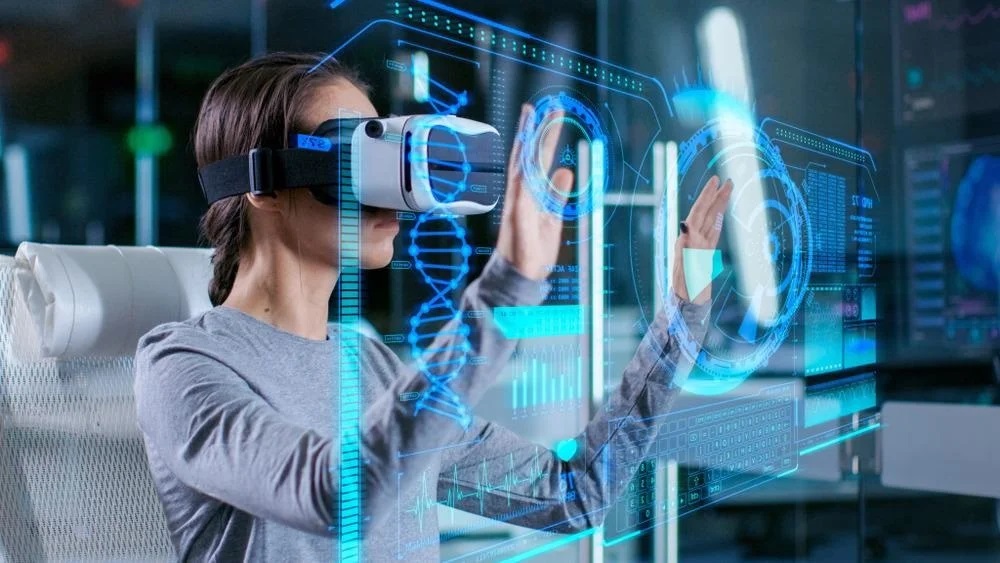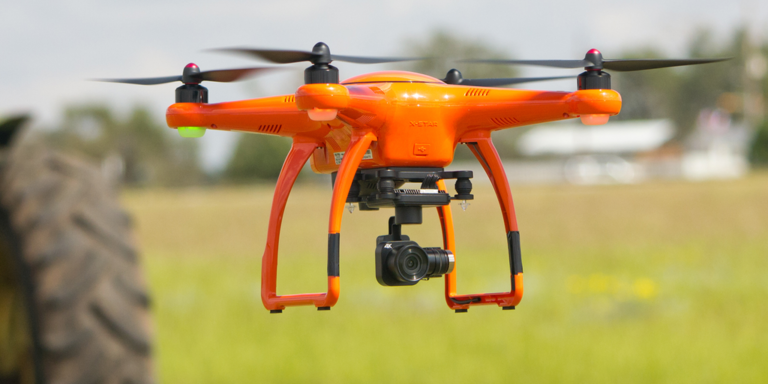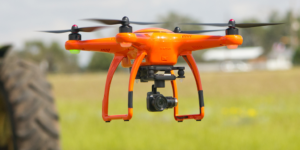Augmented Reality (AR) represents a revolutionary technology that integrates digital information and virtual objects into the real-world environment. Unlike Virtual Reality (VR), which immerses users in entirely virtual environments, AR enhances the existing physical surroundings by overlaying computer-generated content, such as images, videos, and 3D models. This technology blends the digital and physical realms, offering users enriched experiences and new ways to interact with their surroundings.
History and Evolution of Augmented Reality
AR technology traces its origins back to the 1960s when Ivan Sutherland and his team at Harvard University developed the first head-mounted display system capable of displaying simple graphical elements. Over the decades, advancements in computing power, display technologies, and computer vision algorithms have propelled AR from conceptual experiments to practical applications across various industries.
Key Components of Augmented Reality
AR systems rely on several fundamental components to deliver immersive experiences:
- Sensors and Cameras: Devices equipped with sensors (e.g., GPS, accelerometers) and cameras capture real-world data and user interactions.
- Display Devices: AR content is typically viewed through smartphones, tablets, smart glasses, or headsets, which overlay digital information onto the user’s field of view.
- Computer Vision and Object Recognition: Algorithms analyze real-time video input to identify and track objects, enabling accurate placement of virtual elements.
- Spatial Mapping and Localization: AR systems map physical spaces and understand the user’s position within them, ensuring precise alignment of digital content.
Types of Augmented Reality Experiences
AR experiences can be categorized based on their level of immersion and interaction:
- Marker-Based AR: Relies on specific markers or triggers (e.g., QR codes) in the physical environment to anchor digital content.
- Markerless AR: Utilizes environmental features (e.g., surfaces, objects) for content placement, leveraging computer vision and spatial mapping technologies.
- Projection-Based AR: Projects digital content onto physical surfaces (e.g., walls, floors) using projectors, creating interactive displays and immersive environments.
Applications of Augmented Reality
Augmented Reality finds diverse applications across various industries and sectors:
- Gaming and Entertainment: AR games overlay digital characters and objects onto the real-world environment, providing interactive and immersive gaming experiences.
- Retail and E-commerce: AR enables virtual try-on of products (e.g., clothing, furniture), interactive product catalogs, and in-store navigation for enhanced shopping experiences.
- Education and Training: AR enhances learning through interactive textbooks, virtual laboratories, and simulations that bring abstract concepts to life.
- Healthcare: AR aids in surgical planning and navigation, medical training simulations, and patient education through interactive anatomical models and augmented visualizations.
- Industrial and Manufacturing: AR guides assembly line workers, supports remote maintenance tasks, and facilitates real-time data visualization in industrial settings.
Challenges and Considerations in Augmented Reality
Despite its potential, AR technology faces several challenges:
- Hardware Limitations: AR devices must be lightweight, comfortable, and capable of delivering high-quality visuals without causing discomfort to users.
- Content Creation Complexity: Developing engaging and interactive AR content requires specialized skills in 3D modeling, animation, and software development.
- Privacy and Security Concerns: Issues related to data privacy, security vulnerabilities in AR applications, and potential misuse of location-based AR features require careful consideration.
- User Acceptance and Experience Design: Designing intuitive user interfaces and interactions that seamlessly integrate digital content with the physical environment to enhance user experience.
Future Trends and Innovations in Augmented Reality
Future developments in Augmented Reality are expected to focus on several key areas:
- Advancements in AR Glasses: Improvements in display quality, field of view, and battery life for more immersive and comfortable AR experiences.
- Integration with 5G and Edge Computing: Enhanced connectivity and lower latency to support real-time AR applications and data-intensive experiences.
- AR Cloud Infrastructure: A shared digital space where persistent AR content can be anchored to specific locations, enabling collaborative and persistent AR experiences.
- AI and Machine Learning in AR: Integration of artificial intelligence algorithms to enhance object recognition, spatial understanding, and personalized AR interactions.
Conclusion
Augmented Reality continues to evolve rapidly, transforming how we perceive and interact with our surroundings. By seamlessly blending digital content with the physical world, AR offers limitless possibilities across industries, from entertainment and gaming to education, healthcare, and beyond. As AR technology advances and becomes more accessible, its impact on society, business, and everyday life will continue to grow, ushering in a future where augmented experiences enrich and redefine human interaction with digital realities. Embracing the potential of AR requires addressing technical challenges, enhancing user experiences, and leveraging innovations to unlock new opportunities in the digital age.
Top of Form
Bottom of Form




+ There are no comments
Add yours